I am thrilled to have as my guest the female, multi-disciplinary artist and educator Jamie Smith.
“Smith’s monochromatic drawings, wooden wall-hanging sculptures, and installation work incorporate personal and culturally-resonant symbols in an attempt to reckon with the fragility of life, new beginnings, the passage of time and the depths of loss.” Her visual expressions are an “engulfment” of her female experiences.
.
This episode focuses on her new passion project; the design of Mother Time tarot card deck, inspired by the imagery of the Rider Waite Tarot.
Resources for this episode include: Neue Gallerie, The Art Story, and writers Stephen Kaplan and Anastasia Tsaleza.
.
Please follow and learn more about Jamie Smith, her work, practice and her community of creators:
INSTAGRAM- @jamiesmithstudio
WEBSITE- www.jamiesmithstudio.com
NEWSLETTER- Sign up to receive art studio updates, new artwork and upcoming classes. Sign up here.
COMMUNITY- Thrive Together Network is a community of female identifying visual artists and is an online space where members can support one another and learn about the business side of art. Start a free trial today!
ART- Enjoy a free month on Skillshare: Jamie’s classes include How To Create A Business Plan for Artists, How To Make A Vision Board and more!
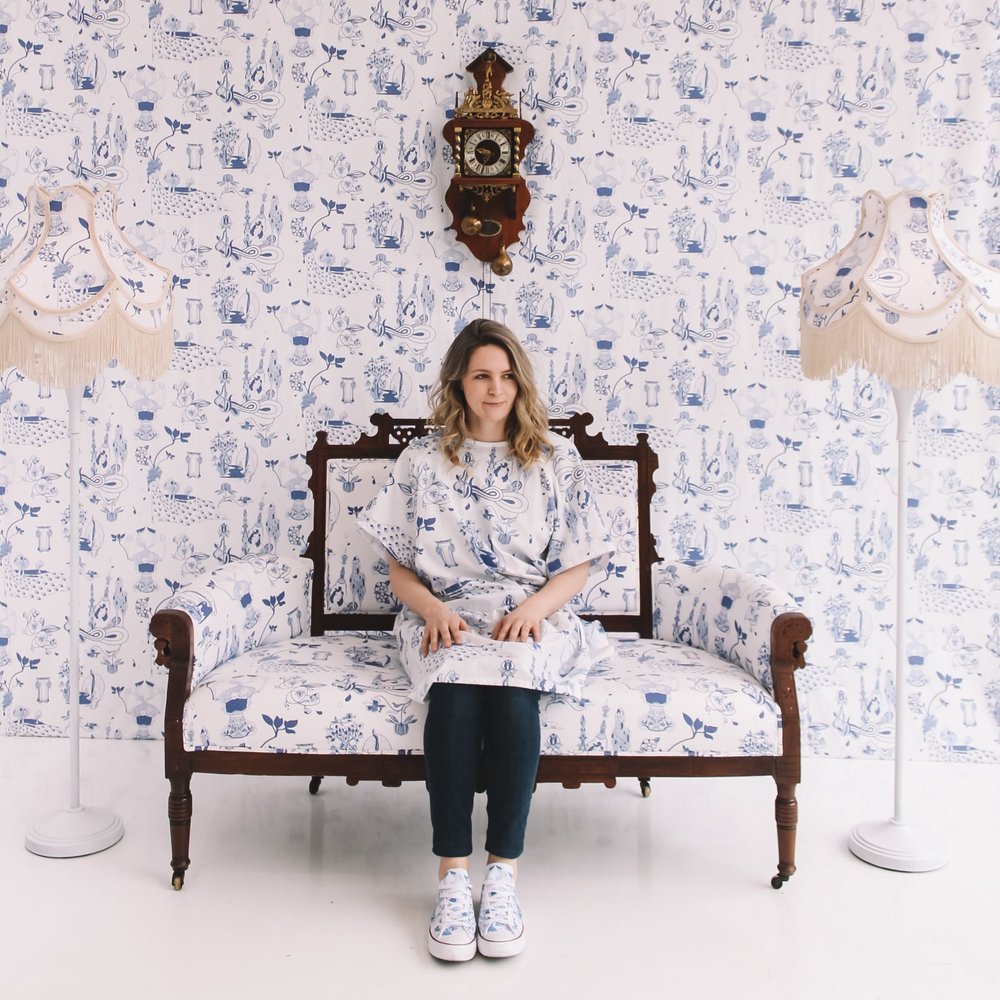
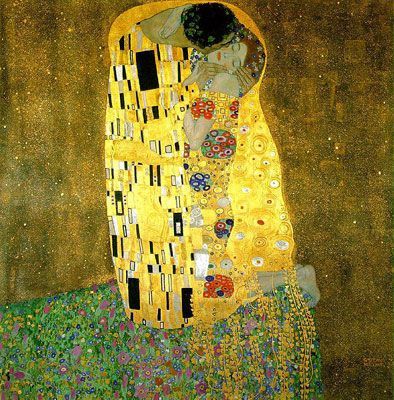

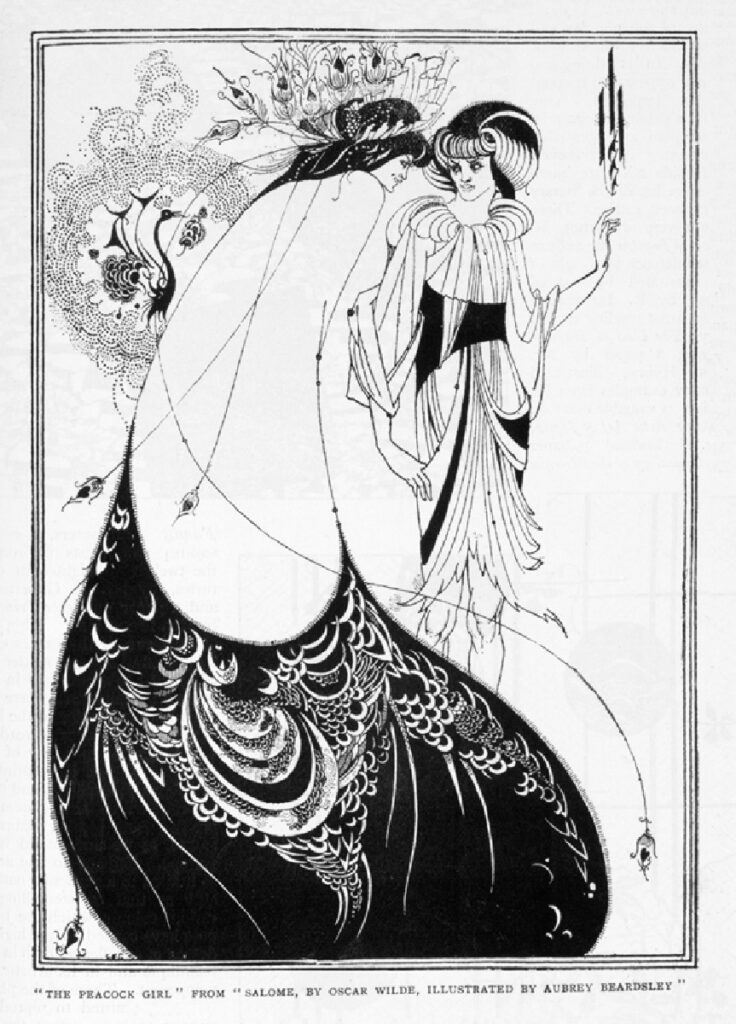
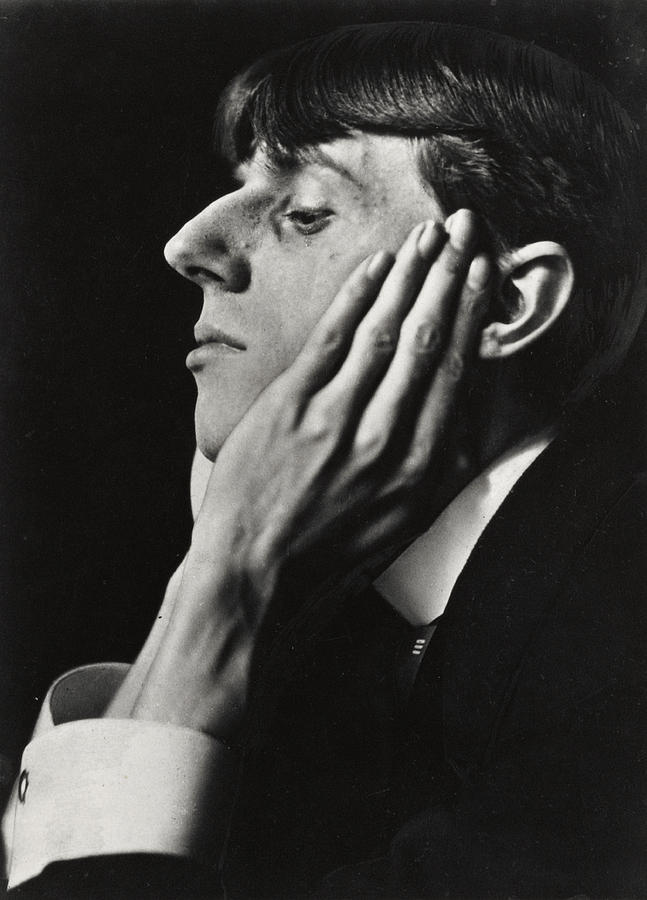

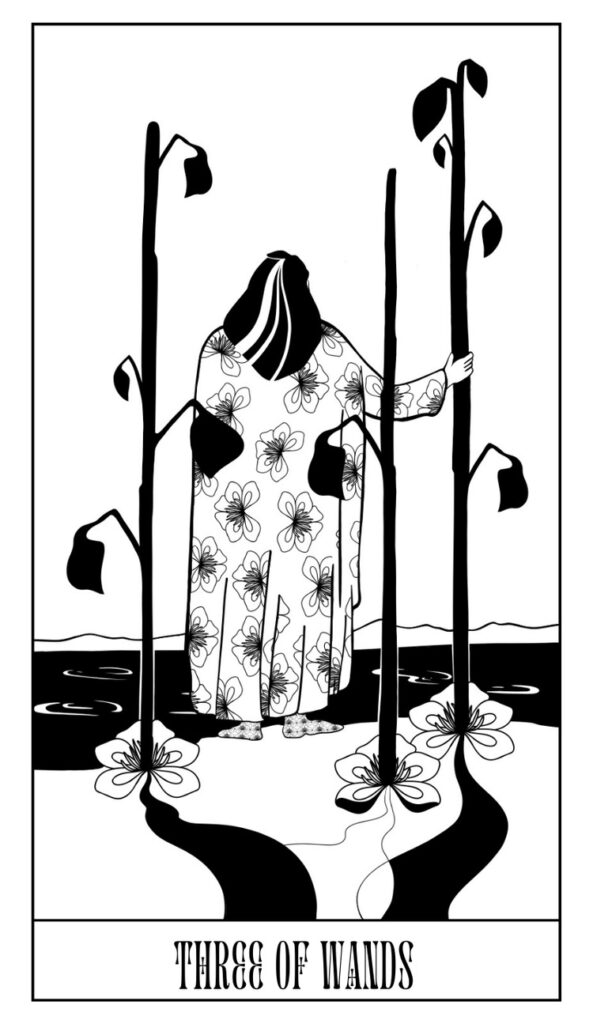
Script: Hello my Art Enthusiasts! I am thrilled to have as my guest on the podcast, the female multi-media artist and educator Jamie Smith. A multi-disciplinary artist, Smith composes monochromatic drawings, creates wooden wall hanging sculptures and installations—the tangible works are an “engulfment” of her female experiences; a broad swath of what Smith describes as “reckoning with the fragility of life, new beginnings, the passage of time and the depths of loss.” Her recent solo show “Mother Time,” “explores her all-consuming personal journey with fertility.” She employs installation, a three-dimensional visual artwork and interactive space that engages the viewer to wear a Toile hospital gown and sit on the Toile love seat; toile is fabric featuring a printed design depicting a scene or activity of some kind; detailed rural scenes or farm animals and people for example. Smith’s toile is bright blue against a white background-the imagery is florals and fauna, fancy mirrors, vessels—so feminine yet stately and the patterns are repeated on the love seat, the wall behind the love seat, the hospital gown—for the participant she enters “into the engulfing space of women trying to get pregnant.” This episode will focus on her newest project; designing a tarot card deck.
Before we look and look closely at Smith’s work, her practice, and a little later in the show my conversation with the artist, I want to take a dive into two prominent influences that inform and inspire Smith’s works and contemporary perspective. First, the late 19th century art movement Art Nouveau. Art Nouveau is an international art and design style spanning from 1890 to early 20th century, total of about 25 years. It developed in fine art, paintings, sculpture for example, but also dominantly expressed in architecture, design, the Decorative Arts in various countries including Europe and the United States. Art Nouveau artists “believed that function should dictate an object’s form and they depicted that form in organic themes and asymmetrical compositions. It abandoned excessive decoration for natural forms, sinuous lines within dynamic compositions. Primary stylistic characteristics include intricate floral patterns, fresh geometric motifs with curves rather than strict lines, and highly, idealized figures. Art Nouveau artists and designers assimilated influences from styles including the Arts and Crafts movement, Celtic art, Gothic Revival, the Rococo, Symbolism to name a few. It has been called different names in different locations. For example in Britain it was Art Nouveau, but in Spain, it was called Modernismo; Jugenstil was the name of this style in Denmark, Norway, and Germany.
Let’s look at a couple of examples through some key artists. From the painter Gustav Klimt of Vienna, his works are emblematic of this style—one of the most celebrated paintings, from 1907-08, The Kiss. My source is from the Belvedere Museum in Vienna. “Klimt’s subject matter is simple, depicting a couple locked in an intimate embrace on the edge of a meadow—the landscape in this painting is composed a quilt like pattern of flowers; very flat but luminous. This flattened patterning of the meadow extends in the clothing of the figures. Also present is a combination of colored and gold paint found in medieval illuminated manuscripts. The faces of the couple appear less flat, more naturalistic, we see the female in frontal view with her delicate, wispy features, the male figure, his hands embracing her chin and back of her neck, but his face is turned away from the viewer—we see his rich, dark locks of wavy hair. The Kiss embodies a universal, timeless vision of romantic love through the ambiguous identities of the figures. In the decorative arts, the style of Art Nouveau is expressed notably by American painter and decorative artist Louis Comfort Tiffany. In his work, “The Pond Lily Lamp,” we see in the base of the lamp the shape of intertwined lily leaves and stems—the lily stems reach upwards to the meet the downwards-facing flowers on the glass shade; in the background of the shade, rich watery blues. As with most of Tiffany’s lamp designs, they draw its inspiration from nature its innovation is found in a new unification of ornament (organic imagery) and structure.
One female artist who defined and celebrated the Art Nouveau movement is American graphic designer Alice Russell Glenny (1858 to 1924) she is renowned for her Art Nouveau posters. From the writer, Anastasia Tsaleza, “Glenny was an active proponent for the interests of American women artists. She designed iconic covers for magazines including the Buffalo Courier: Women’s Edition. The cover image shows a portrait of a woman with Japanese-inspired hairstyle. Her stern face looks away from the viewer. The color palette of the woman is pale and contrasts with the olive-green background. This, along with the fact that the ribbons form the shape of a Doric order column, creates a sense of classical revival. Her features are feminine, as are her hair and clothing, but the model maintains her staunch position on the issue of women’s rights. Other American female artists created posters in the style of Art Nouveau for Women’s Suffrage.
So now that you have some historical context of a dominant inspiration for Smith’s contemporary work, let’s explore another 19th century influence: the illustrator Aubrey Beardsley. Smith’s enthusiasm for Beardsley is infectious. Beardsley was born in 1872 and became of age in the 1890s. He was diagnosed as being tubercular in which there was no cure. He died when he was 25. What is compelling about Beardsley is he knew he would die young and it is believed he “was intent to cause a sensation.” Beardsley produced over a thousand illustrations in pen and ink. He drew everything from legendary tales featuring dragons and knights, to explicit scenes of sex and debauchery. He held a fearless attitude to art. His images are emboldened through a “linear elegance.” They are deeply detailed and evocative—he distorts lines, features, plays on scale. “You are seduced by the beauty of his lines.” So now that we have some context to Smith’s style and practice, let’s
Artistic journey in composing a deck of 78 Tarot cards she titles Mother Time Tarot. Jamie Smith’s contemporary tarot deck “uses the classic Rider Waite Tarot, illustrated by Pamela Colman Smith and puts “her own artistic twist on the images.” Pamela Colman Smith, the illustrator and collaborator with Edward Waite who published the deck in 1909, never earned royalties from her Tarot images. Although her artwork was popular, she never gained mass commercial success and she died penniless in Cornwall England in 1951. Despite its commercial success, Colman Smith’s contributions and the impact of her evocative imagery died in obscurity with her. I dedicated and celebrated two podcast episodes to Colman Smith’s life and works—including the history of tarot; episode 155 and 156—I will put those links in the podcast show notes and encourage you to listen for a deeper understanding of the visual imagery Colman Smith composed for the Rider Waite deck.
Rider Waite imagery is theatrical, rich in symbolic detail and embedded with mysterious faux medieval atmosphere. Each card is composed of scene that can be read like story-figures and shapes are flat with vibrant colors, stylized movements. There is this emotional energy that can be discerned through recognizable patterns. The backs of the original cards featured a repeating blue and white roses and lilies pattern. Jamie Smith’s imagery submerged in the influences of Art Nouveau aesthetic is black imagery against a stark white background. The Five of Cups card, for example, is composed of a female figure—we see the back of her, long ink black hair flows like a river into an elegant cape that exposes her feet, the bottom of the cape is stamped in white curved leaf patterns. The cups, shaped like wine glasses are arranged dynamically within the composition—one is place upright, the mouth of the glass is brim of a liquid. Other cups appear as if they were tipped, the liquid spills out in a ribbon of black beneath the feet of the woman. Smith’s imagery is simplistic yet feminine and draws you in through these wonderful curvilinear lines and patterns. I love to analyze and journey art works with all of you, my listeners. Now is time to hear from the artist herself. Please join me in a conversation with the artist Jamie Smith. From an artistic perspective, how does Smith through visual imagery engage the participant? Smith believes tarot reading a great way to self reflect and create space for important conversations.
